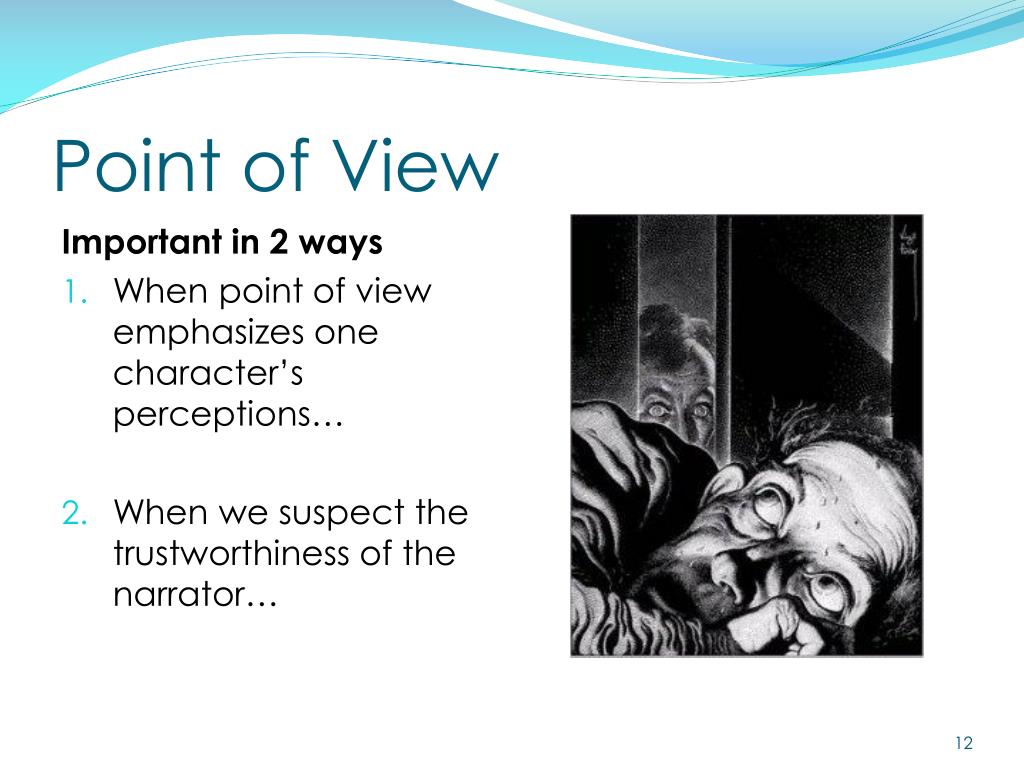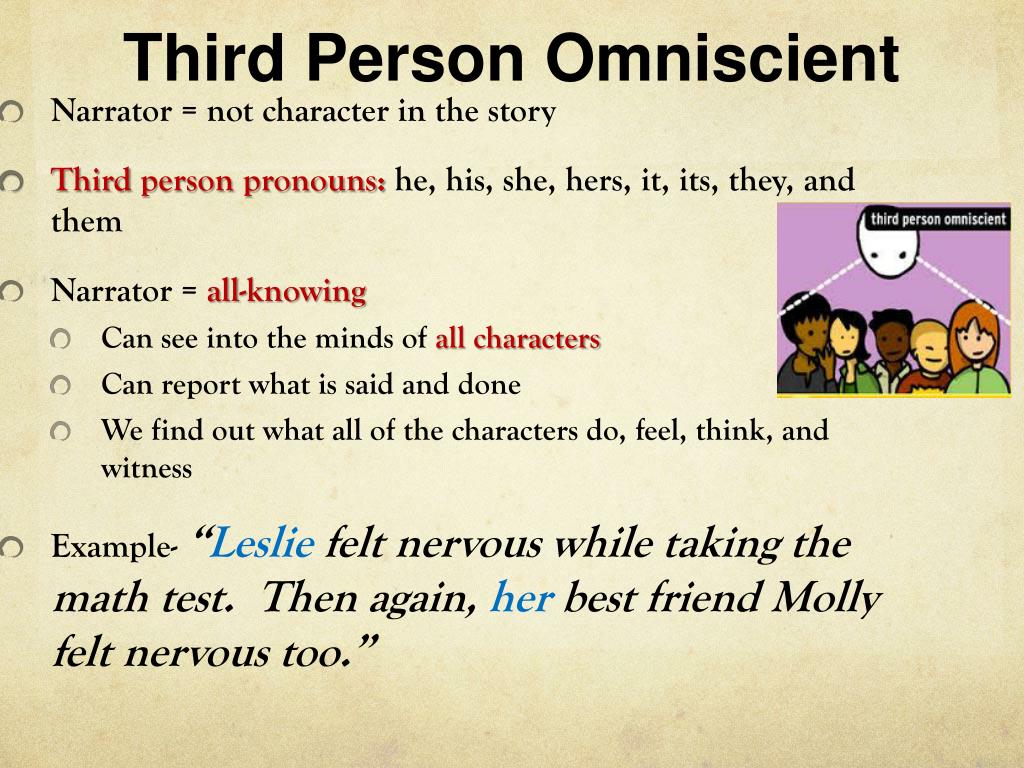

In Chapter 1 Hardy is writing out of his highest and best self. When he begins the novel, he draws the curtain. But, is Hardy’s authorial voice identical to that of an omniscient narrator? I think not. I love how he slips in that bit at the end about King Lear. Okay, so that’s the voice of Hardy, the author. He may have worried that unsophisticated readers, thinking he’d made a mistake, would find the book as a whole unpalatable. Image from Europeana via The European LibraryHardy uses his own authorial voice because he wants to inform the reader that Egdon Heath cannot be found on any map. Thomas Hardy uses both an authorial voice and that of an omniscient narrator in his novel RETURN OF THE NATIVE. Why does Hardy spoil the illusion that the story is being told by a wise, all-seeing presence? It is pleasant to dream that some spot in the extensive tract whose southwestern quarter is here described, may be the heath of that traditionary King of Wessex–Lear.” “Under the general name of ‘Egdon Heath,’ which has been given to the sombre scene of the story, are united or typified heaths of various real names, to the number of at least a dozen these being virtually one in character and aspect, though their original unity, or partial unity, is now somewhat disguised by intrusive strips and slices brought under the plough with varying degrees of success, or planted to woodland. Is an Omniscient Narrator’s voice identical to the author’s voice? In a preface to his novel, The Return of the Native, Thomas Hardy steps from behind the curtain and writes in his persona as the author. It was the best of times, it was the worst of times, it was the age of wisdom, it was the age of foolishness, it was the epoch of belief, it was the epoch of incredulity, it was the season of Light, it was the season of Darkness, it was the spring of hope, it was the winter of despair, we had everything before us, we had nothing before us, we were all going direct to Heaven, we were all going direct the other way–in short, the period was so far like the present period, that some of its noisiest authorities insisted on its being received, for good or for evil, in the superlative degree of comparison only. Dickens paints the backdrop, but the backdrop isn’t visual. This passage sets the stage for the action to come. Here’s the beginning of Dickens’ A Tale of Two Cities. When the narrative voice wants to, it can give us access to a character’s thoughts and feelings. Often a writer’s voice, often called the “narrator’s voice,” intrudes into the story and comments directly on what’s happening. Most 18 th and 19 th century writers–Fielding, Trollope, Dickens, Eliot, and others–used an omniscient narrator. It’s more intimate than Direct Observer and more wide-ranging than Limited Third. An omniscient narrator allows authors to dip inside characters’ heads and swoop through time and space.


Omniscient narrators may sound a little old-fashioned, but there’s a reason why this form of narration is making a comeback.


 0 kommentar(er)
0 kommentar(er)
